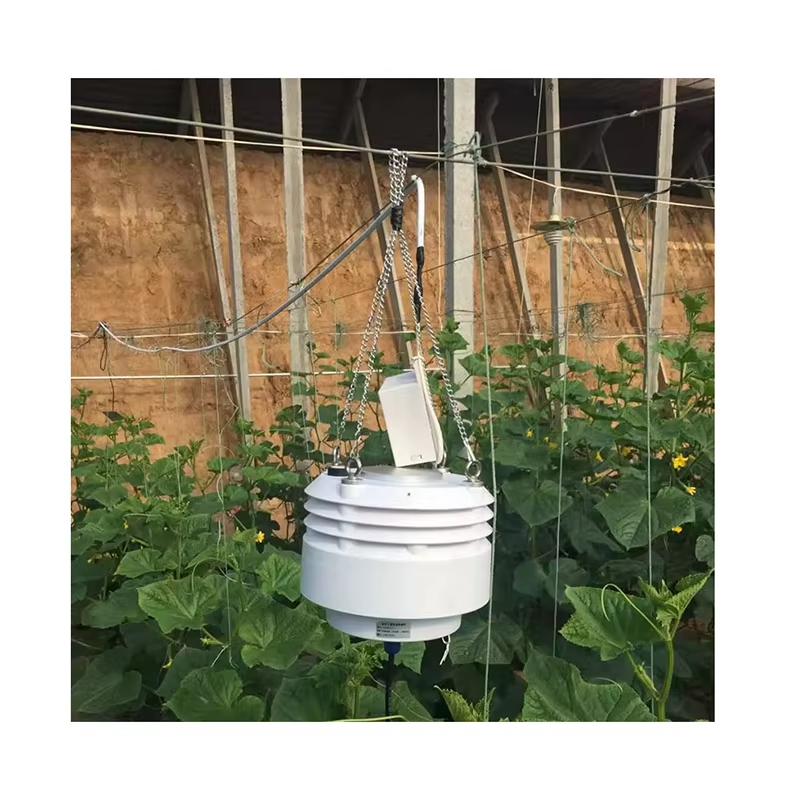One month after Typhoon Hanon passed through, the Philippine Department of Agriculture, in conjunction with the Food and Agriculture Organization of the United Nations (FAO) and the Japan International Cooperation Agency (JICA), built Southeast Asia’s first intelligent agricultural weather station cluster network in Palo Town, east of Leyte Island, the hardest-hit area of the typhoon. The project provides accurate disaster warnings and agricultural guidance for rice and coconut farmers through real-time monitoring of farmland microclimate and ocean data, helping vulnerable communities cope with extreme weather.
Accurate warning: from “post-disaster rescue” to “pre-disaster defense”
The 50 weather stations deployed this time are powered by solar energy and equipped with multi-parameter sensors, which can collect 20 data items such as wind speed, rainfall, soil moisture, and seawater salinity in real time. Combined with the high-resolution typhoon prediction model provided by Japan, the system can predict the typhoon path and farmland flooding risks 72 hours in advance, and push multi-language alerts to farmers through SMS, broadcasts and community warning apps. During the attack of Typhoon Hanon in September, the system locked in advance the high-risk areas of seven villages in the eastern part of Leyte Island, assisted more than 3,000 farmers to harvest immature rice, and recovered economic losses of about 1.2 million US dollars.
Data-driven: From “relying on the weather for food” to “working according to the weather”
Weather station data is deeply integrated into local agricultural practices. At the rice cooperative in Bato Town, Leyte Island, farmer Maria Santos showed the customized farming calendar on her mobile phone: “The APP told me that there will be heavy rainfall next week and I have to postpone fertilization; after the soil moisture reaches the standard, it reminds me to replant flood-resistant rice seeds. Last year, my rice fields were flooded three times, but this year the yield increased by 40%.” Data from the Philippine Department of Agriculture show that farmers who access meteorological services have increased rice yields by 25%, reduced fertilizer use by 18%, and reduced crop loss rates from 65% to 22% during the typhoon season.
Cross-border cooperation: technology benefits small farmers
The project adopts a tripartite collaboration model of “government-international organization-private enterprise”: Japan’s Mitsubishi Heavy Industries provides typhoon-resistant sensor technology, the University of the Philippines develops a localized data analysis platform, and local telecommunications giant Globe Telecom ensures network coverage in remote areas. The FAO representative in the Philippines emphasized: “This set of micro-equipment, which costs only one-third of traditional weather stations, allows small farmers to obtain climate information services on par with large farms for the first time.”
Challenges and expansion plans
Despite significant results, promotion still faces difficulties: some islands have unstable power supply, and elderly farmers have barriers to using digital tools. The project team has developed hand-cranked charging equipment and voice broadcast functions, and trained 200 “digital agriculture ambassadors” to provide guidance in villages. In the next three years, the network will expand to 15 provinces in the Visayas and Mindanao in the Philippines, and plans to export technical solutions to Southeast Asian agricultural areas such as the Mekong Delta in Vietnam and Java Island in Indonesia.
Post time: Feb-14-2025


